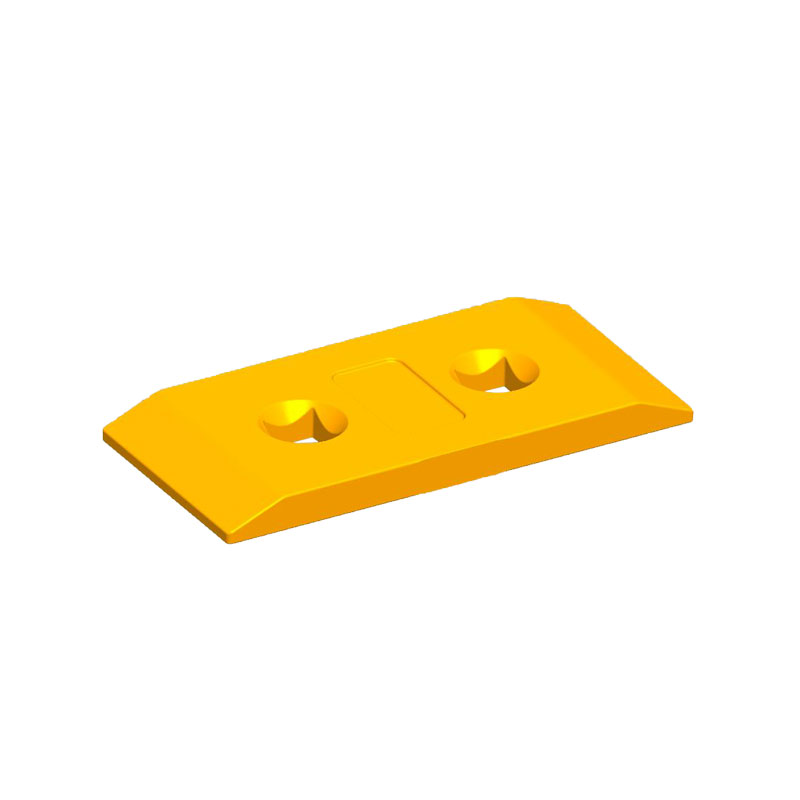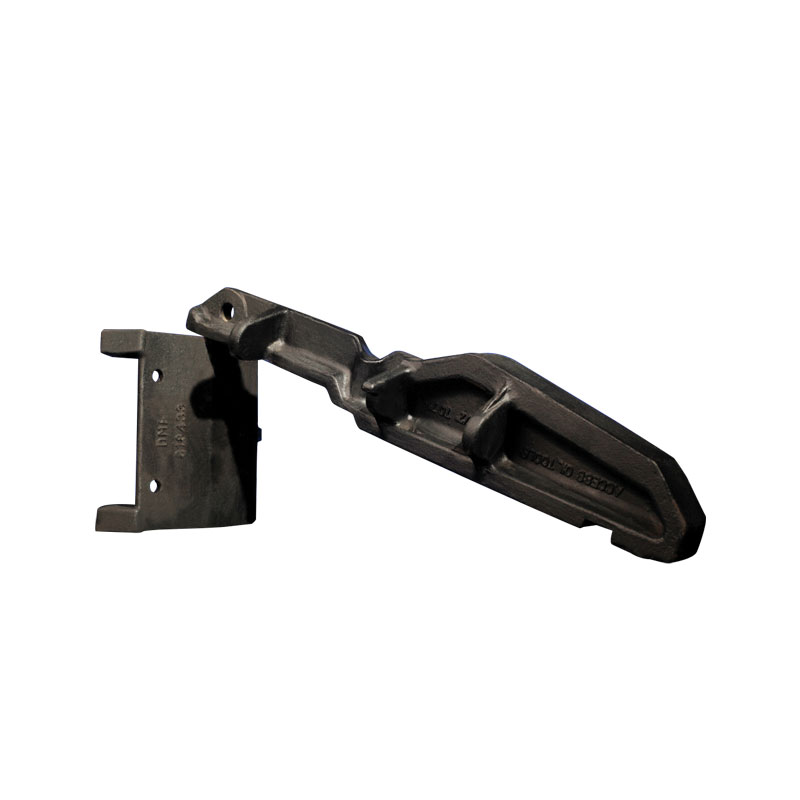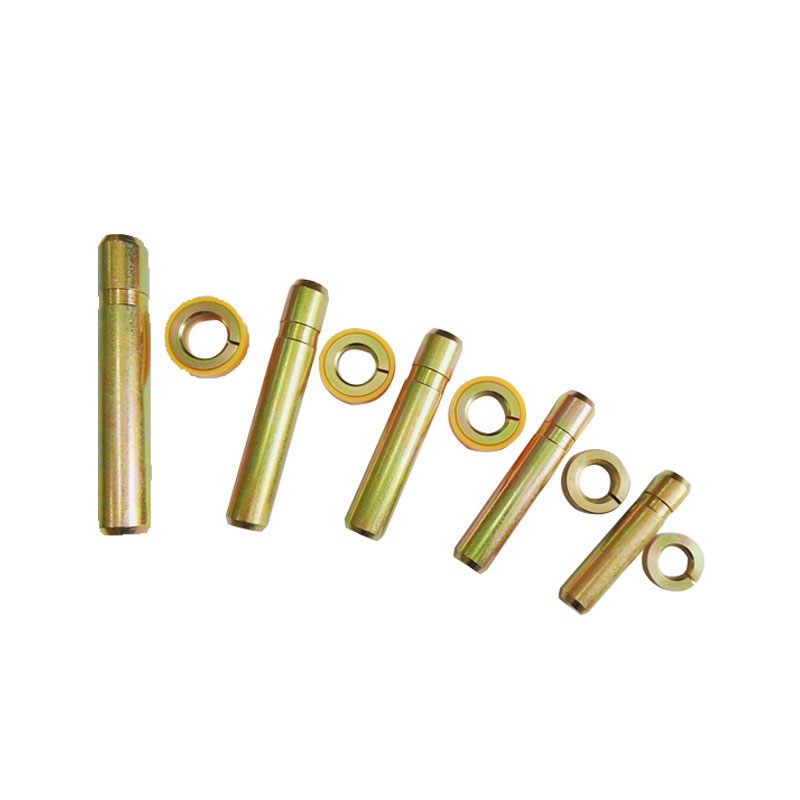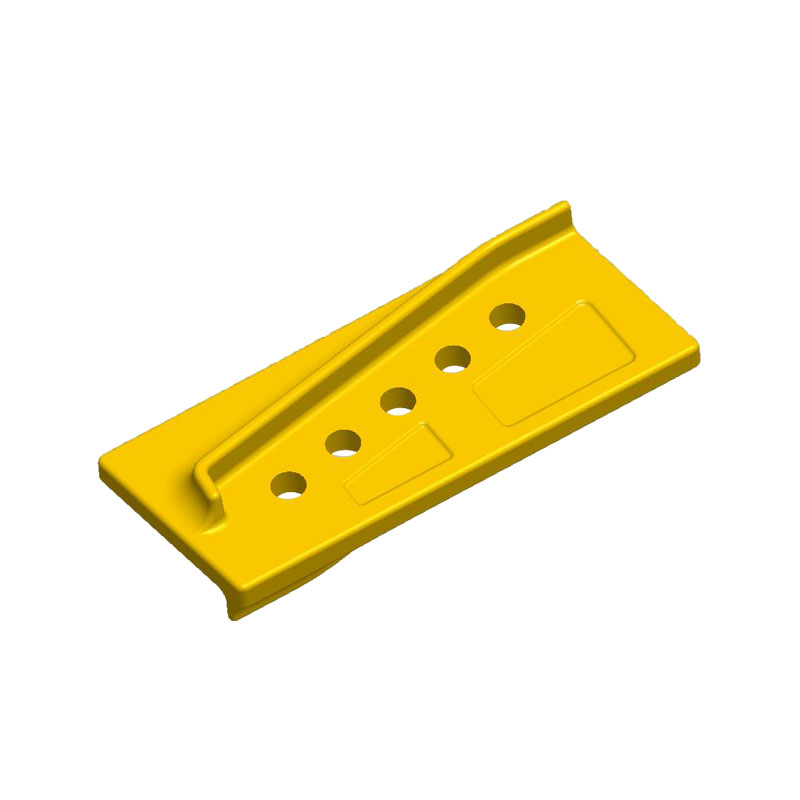Precision casting, also known as investment casting or […]
Precision casting, also known as investment casting or lost-wax casting, is widely utilized in the aerospace industry due to its ability to produce intricate and high-precision components. These components are critical for the aerospace sector, where reliability, performance, and weight savings are paramount. Here are some common applications of precision casting in the aerospace industry:
1.Turbine Blades and Vanes:
Precision casting is extensively used to manufacture turbine blades and vanes for jet engines and gas turbines. These components require intricate airfoil shapes and tight tolerances to optimize engine efficiency and thrust.
2.Aircraft Engine Components:
Precision casting is used to produce various engine components, including compressor blades, impellers, nozzles, and combustion chamber liners. These parts are essential for the efficient operation of aircraft engines.
3.Aircraft Structural Components:
Some aircraft structural components, such as brackets, fittings, and supports, can be produced through precision casting. These components are designed to be lightweight and have complex shapes to meet specific structural requirements.
4.Landing Gear Components:
Certain landing gear components, such as struts, brackets, and gearboxes, are manufactured using precision casting. These parts need to withstand significant loads and require high-strength materials.
5.Control Surfaces:
Precision casting is used to produce control surfaces like rudder and elevator components. These parts must be aerodynamically shaped and have precise dimensions to ensure stable flight control.
6.Sensor Housings:
Housings for various sensors and instrumentation on aircraft are often made using precision casting. These components require precision and durability to protect sensitive equipment.
7.Fuel System Components:
Components within aircraft fuel systems, such as fuel nozzles and pumps, may be produced through precision casting. These parts must meet strict safety and performance standards.
8.Interior Components:
Some interior components, like seat brackets and mounts, may be manufactured using precision casting to meet weight and space-saving requirements.
9.Satellite Components:
Precision casting is not limited to aircraft; it is also used in the production of satellite components, including structural parts, thrusters, and satellite housings.
10.Launch Vehicle Components:
Precision casting plays a role in manufacturing components for launch vehicles, such as rocket engine parts, nozzles, and connectors.
Precision casting in the aerospace industry offers several advantages, including the ability to create lightweight, complex, and high-performance components. The process's ability to produce near-net-shape parts with minimal material waste and the capability to work with a variety of materials make it a valuable choice for aerospace engineers and manufacturers. Additionally, precision casting helps reduce the need for extensive post-casting machining, contributing to cost savings and faster production times for critical aerospace components.



